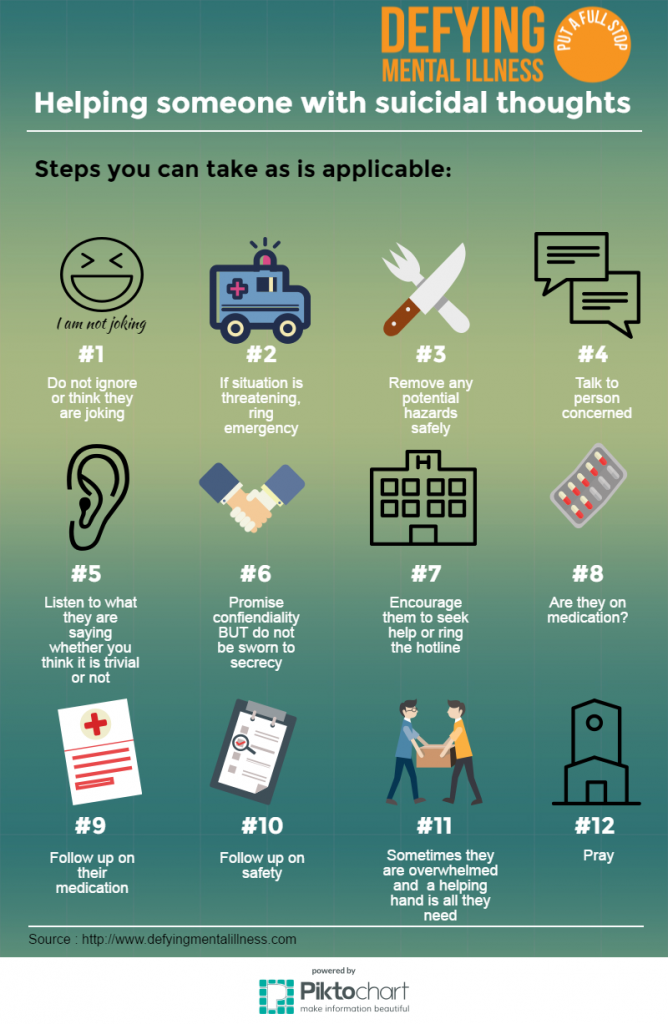Mood stabilizers assist to relax areas of the brain that are impacted by bipolar illness. These medications are most efficient when they are taken on a regular basis.
It might take a while to find the ideal medication that works finest for you and your medical professional will check your problem throughout treatment. This will entail regular blood tests and potentially an adjustment in your prescription.
Neurotransmitter guideline
Natural chemicals are a group of chemicals that control each other in healthy and balanced individuals. When levels end up being out of balance, this can lead to state of mind problems like depression, stress and anxiety and mania. State of mind stabilizers aid to prevent these episodes by helping control the equilibrium of these chemicals in the mind. They also may be utilized together with antidepressants to boost their performance.
Medications that work as mood stabilizers include lithium, anticonvulsants and antipsychotics. Lithium is maybe one of the most popular of these medications and works by impacting the circulation of salt via nerve and muscular tissue cells. It is most often used to treat bipolar disorder, but it can additionally be valuable in treating various other mood disorders. Anticonvulsants such as valproate, lamotrigine and carbamazepine are additionally efficient mood maintaining medicines.
It can take some time to locate the best sort of medicine and dose for each individual. It's important to deal with your medical professional and engage in an open dialogue concerning how the medicine is benefiting you. This can be especially practical if you're experiencing any adverse effects.
Ion network inflection
Ion channels are a major target of state of mind stabilizers and many other medications. It is currently well established that they are dynamic entities that can be regulated by a variety of outside stimulations. In addition, the modulation of these networks can have a series of temporal effects. At one extreme, modifications in gating characteristics might be fast and instant, as in the nicotinic acetylcholine receptor/channel system. At the various other end of the range, covalent modification by protein phosphorylation may lead to adjustments in network function that last longer.
The field of ion network inflection is going into a period of maturity. Current researches have actually shown that transcranial focused ultrasound (US) can promote nerve cells by turning on mechanosensitive potassium and salt networks embedded within the cell membrane. This was demonstrated by revealed channels from the two-pore domain name potassium family members in Xenopus oocytes, and concentrated United States significantly modulated the current streaming with these channels at a holding voltage of -70 mV (appropriate panel, relative effect). The results are consistent with previous observations showing that antidepressants affecting Kv networks control glia-neuron communications to contrary depressive-like actions.
Neuroprotection
State of mind stabilizers, like lithium, valproic acid (VPA), and carbamazepine, are crucial in the therapy of bipolar disorder, which is characterized by reoccurring episodes of mania and anxiety. These medications have neuroprotective and anti-apoptotic residential properties that assist to stop mobile damages, and they likewise boost mobile strength and plasticity in useless synapses and neural wiring.
These safety activities of mood stabilizers may be mediated by their inhibition of GSK-3, inositol signaling, and HDAC activity. Furthermore, long-term lithium therapy shields versus glutamate excitotoxicity in cultured nerve cells-- a version for neurodegenerative conditions.
Research studies of the molecular and mobile impacts of mood stabilizers have revealed that these drugs have a variety of intracellular targets, mental health treatment near me consisting of numerous kinases and receptors, in addition to epigenetic adjustments. Further study is needed to figure out if state of mind stabilizers have neurotrophic/neuroprotective actions that are cell type or wiring details, and exactly how these impacts may complement the rapid-acting therapeutic feedback of these representatives. This will certainly assist to develop new, much faster acting, a lot more efficient therapies for psychiatric diseases.
Intracellular signaling
Cell signaling is the process whereby cells communicate with their atmosphere and other cells. It involves a series of action in which ligands communicate with membrane-associated receptors and result in activation of intracellular paths that manage necessary downstream cellular functions.
State of mind stabilizers act upon intracellular signaling through the activation of serine-threonine protein kinases, causing the phosphorylation of substratum proteins. This turns on signaling cascades, leading to adjustments in genetics expression and mobile function.
Lots of state of mind stabilizers (consisting of lithium, valproate and lamotrigine) target intracellular signaling paths by inhibiting specific phosphatases or turning on particular kinases. These effects create a reduction in the activity of these paths, which causes a reduction in the synthesis of specific chemicals that can impact the mind and lead to signs of anxiety or mania.
Some mood stabilizers also work by improving the task of the repressive natural chemical gamma-aminobutryic acid (GABA). This enhances the GABAergic transmission in the mind and decreases neural task, thereby generating a relaxing impact.
